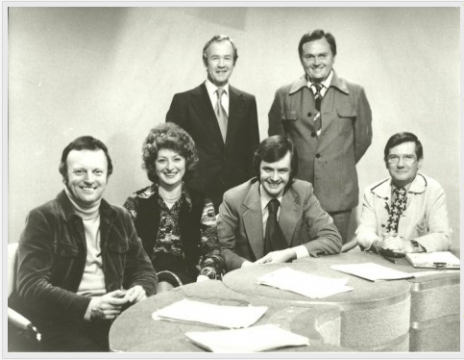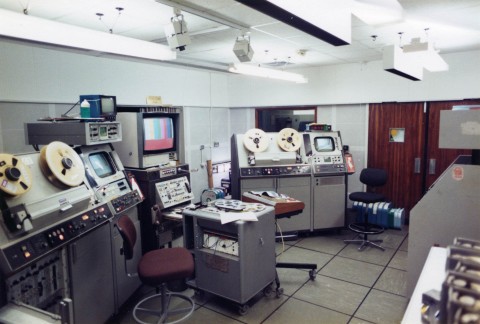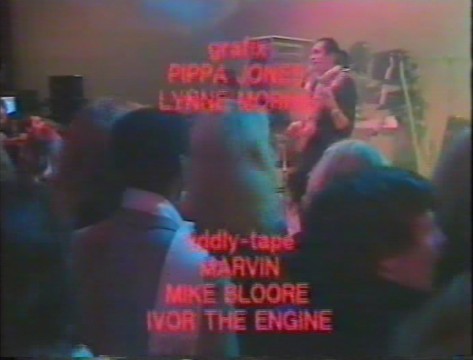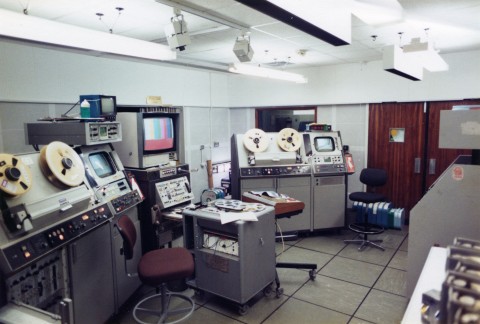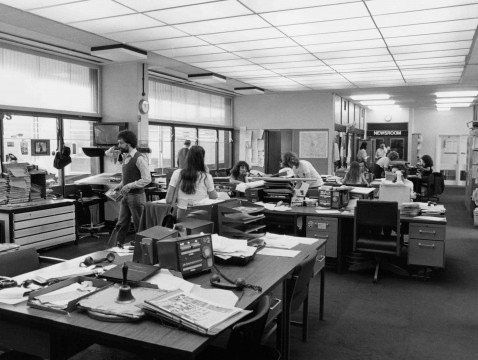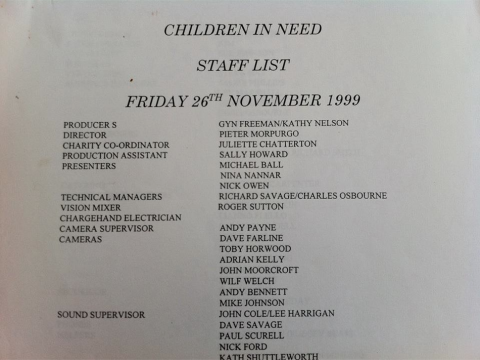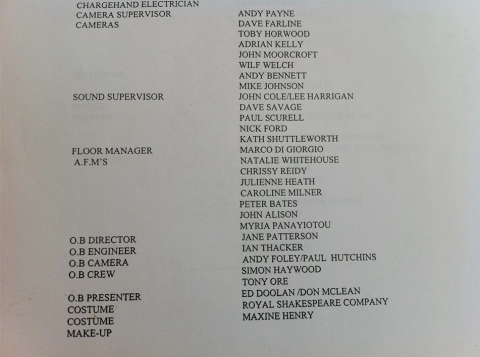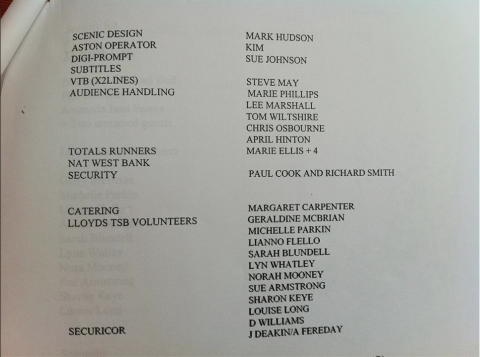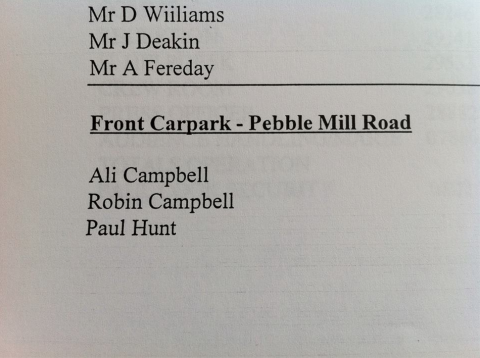‘Midlands Today’ presenter, Kay Alexander, retires today from BBC Birmingham after nearly 40 years. She began working for the BBC in 1974, and yesterday she presented her last bulletin, at lunch time. Besides from ‘Midlands Today’ she has presented ‘Best in Brass’, ‘Children in Need’ for the Midlands region, ‘Miss Great Britain’, and ‘Life File’. Although originally from Surrey, she became an adoptive Brummy after studying English at Birmingham University.
The photo dates from 1977, it includes the regional news presenters, left to right: Guy Thomas, Kay Alexander,Peter Windows, David Stevens, (back row) Michael Hancock,Tom Coyne. Thanks to Annie Gumbley for making the photo available.
The following comments are just some of those left on the Pebble Mill Facebook Group:
Ruth Kiosses: ‘Ahhhhh end of an era! Such a lovely lady with such a beautiful and distinctive voice.’
Julie Mayer: ‘All good things must come to an end, but they are shoes that will be hard to fill. Lovely lady and great friend.’
Pam Relton: ‘I always think Kay must have a portrait in the attic – she looks so lovely. Really is the end of an era. All the best Kay.’
Ros Gower: ‘A true lady and an enormous pleasure to work with. Happy retirement Kay.’
David Crozier: ‘I remember Kay as a warm, intelligent and immensely professional person. Happy days, Kay!’
Fiona Barton: ‘Happy retirement, Kay. Was so lovely to catch up with her and Brian earlier in the year. What a fab couple, so much fun…they didn’t look a day older than when I left Pebble Mill more than 20 years ago!’
Steve Peacock: ‘Fare well Kay and enjoy the next phase’
Dawn Trotman: ‘Always a joy to work with and a consumate professional. Glad to know I am also leaving the BBC in the same week as such a glamourous lady. Enjoy your retirement Kayx’
